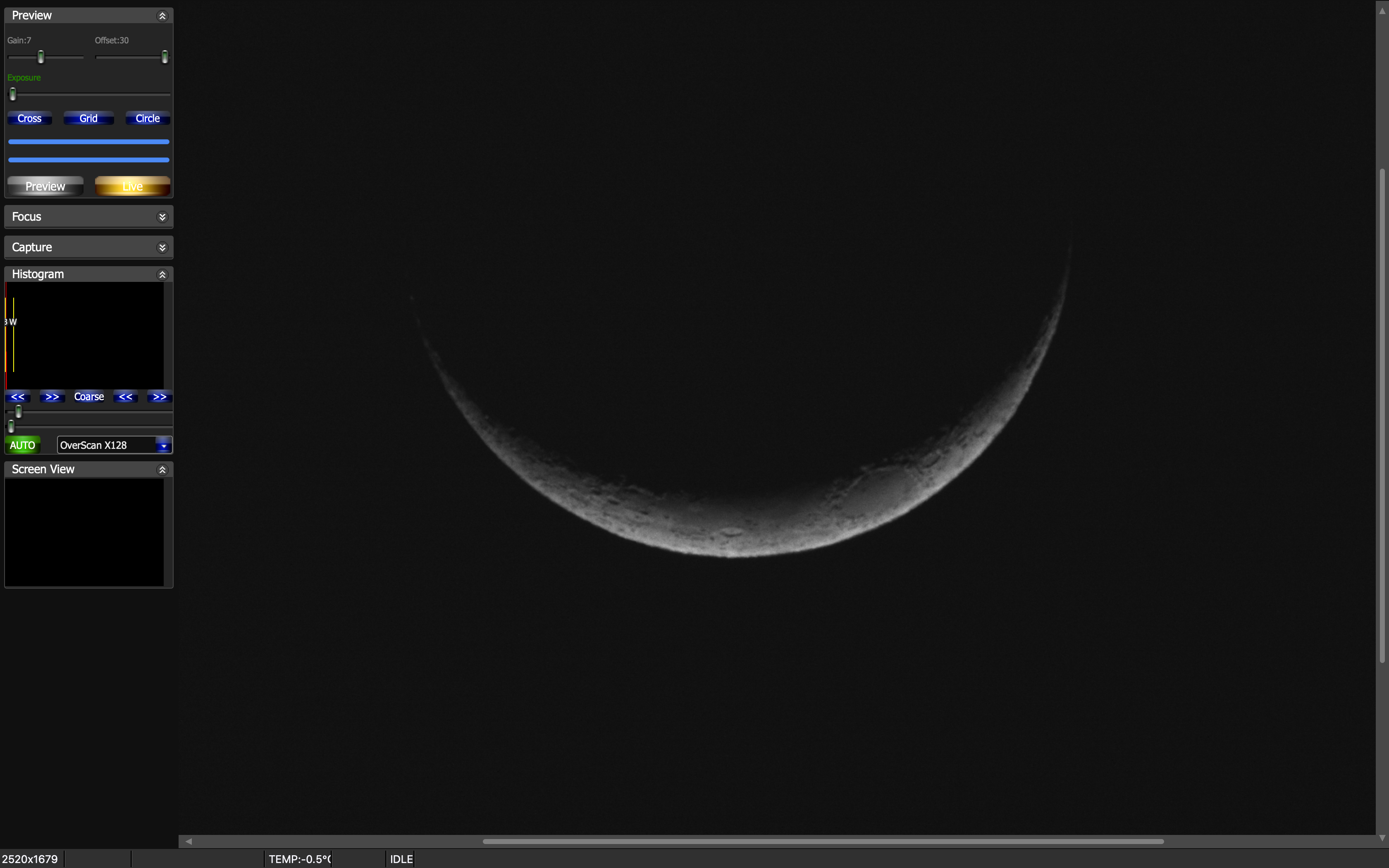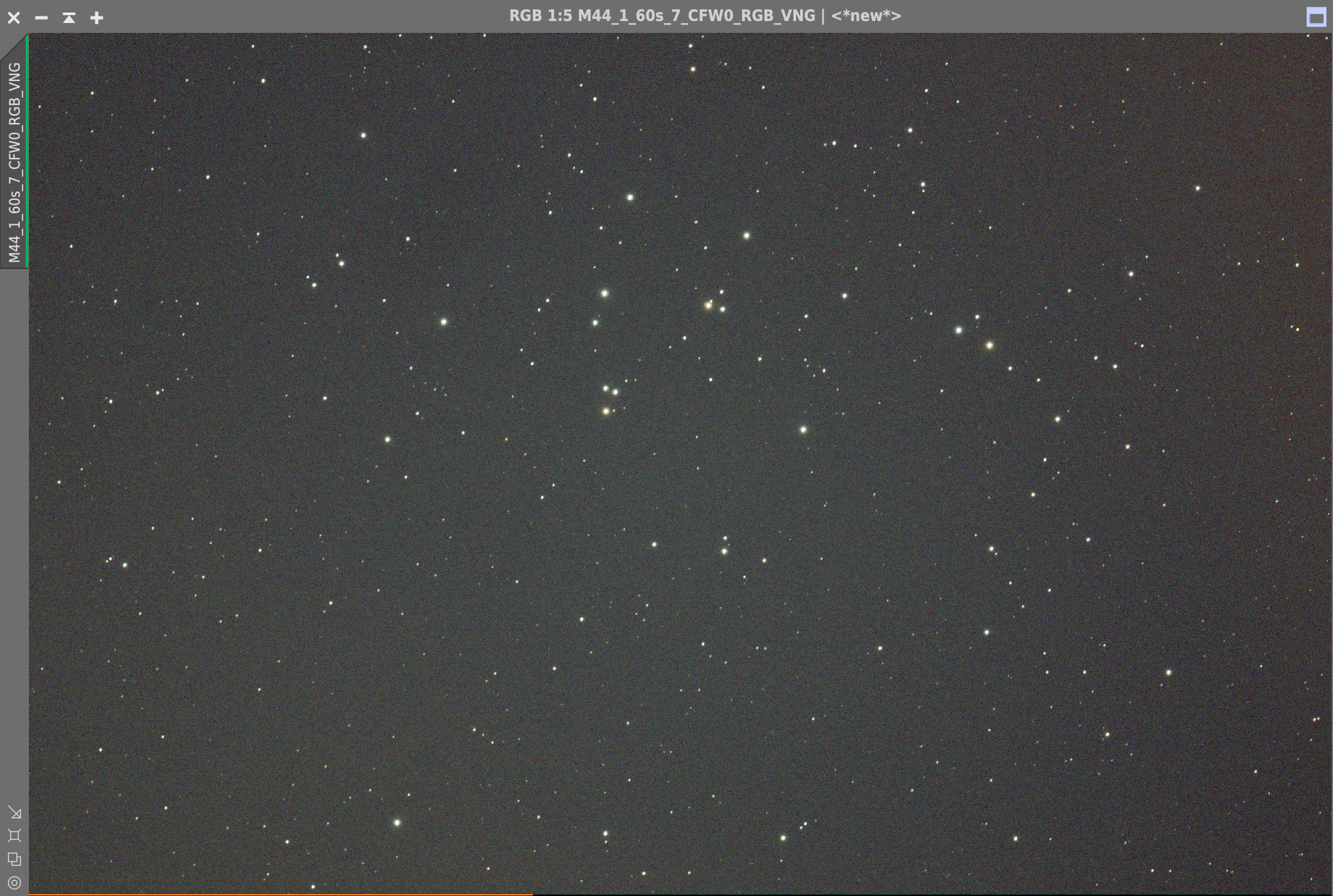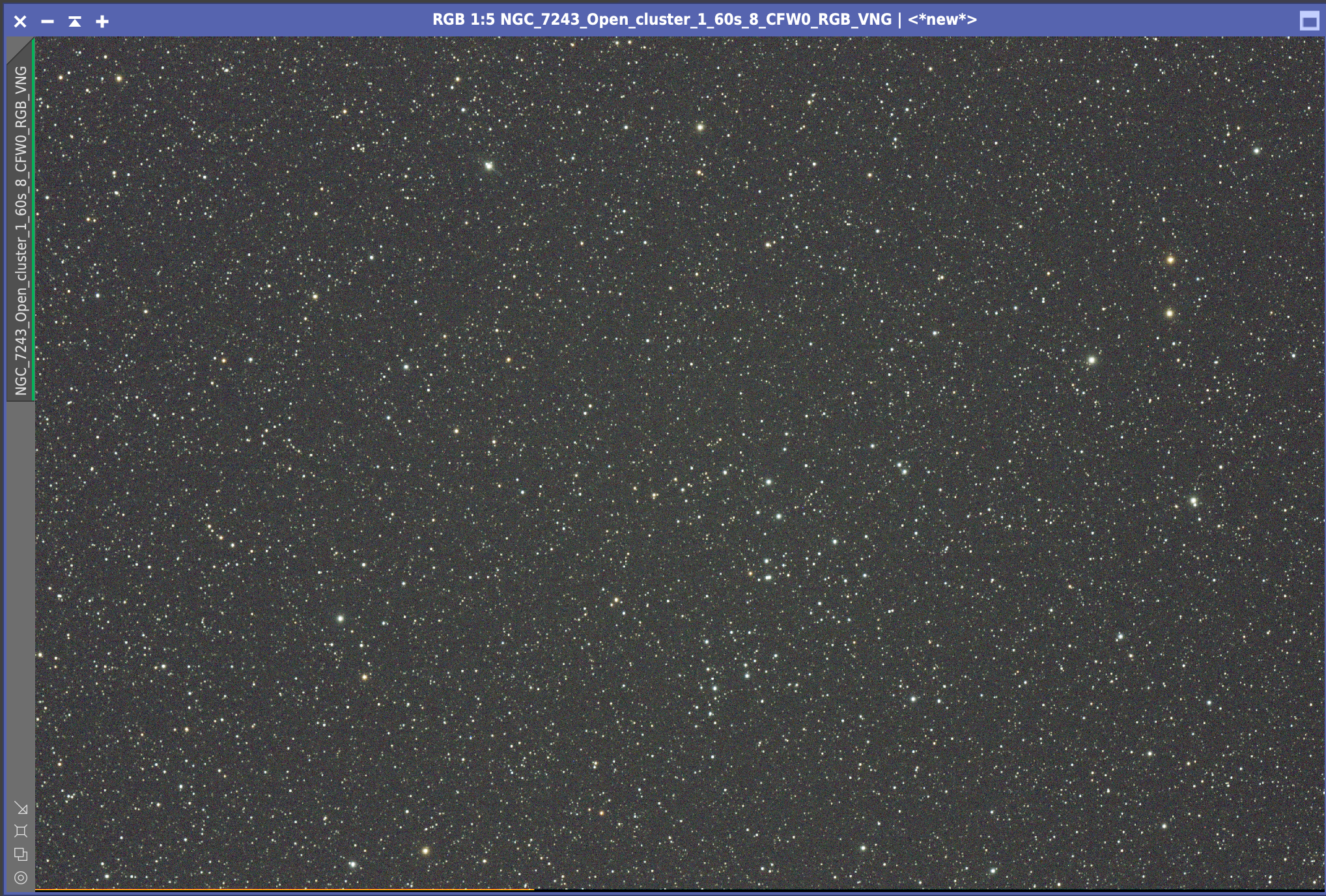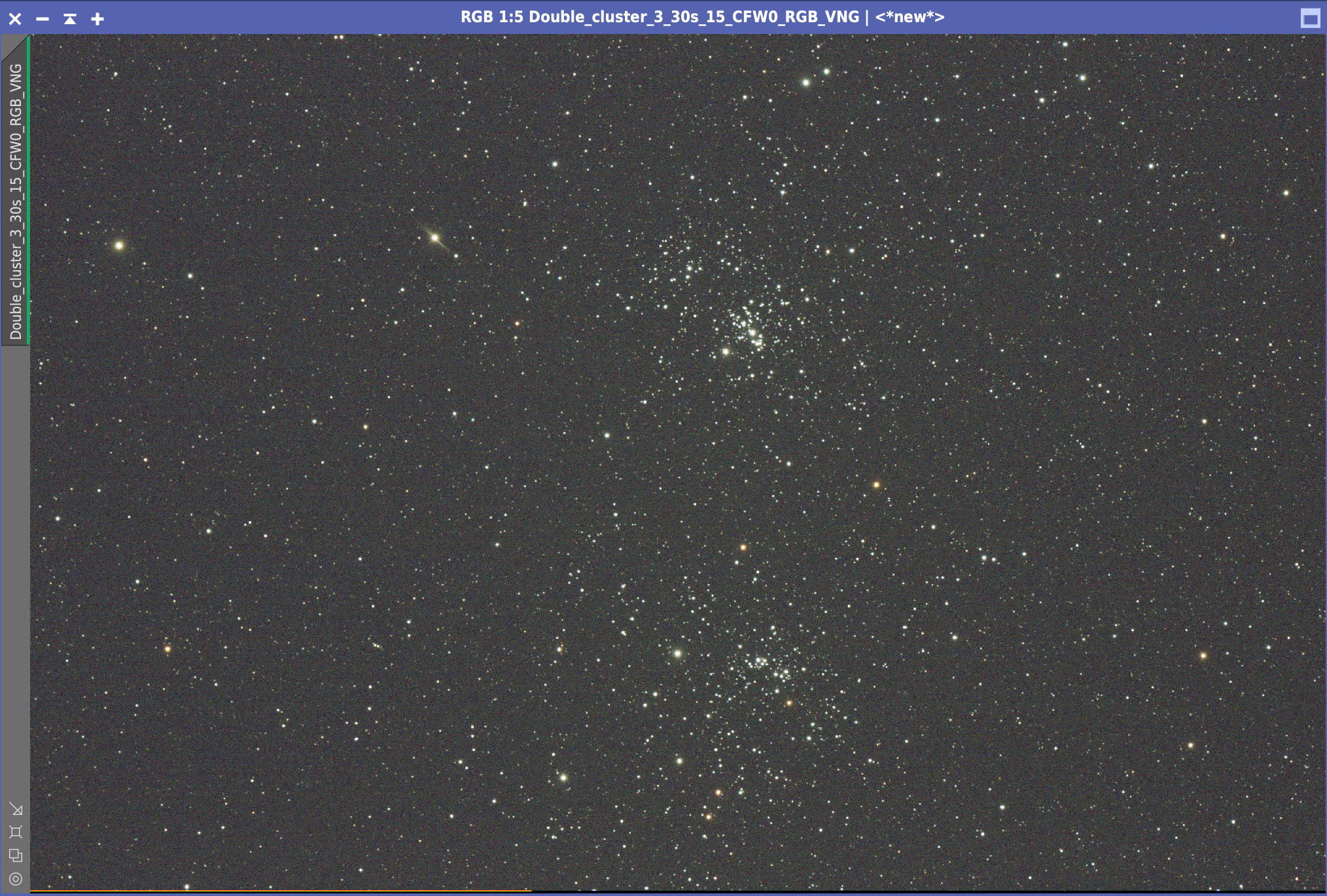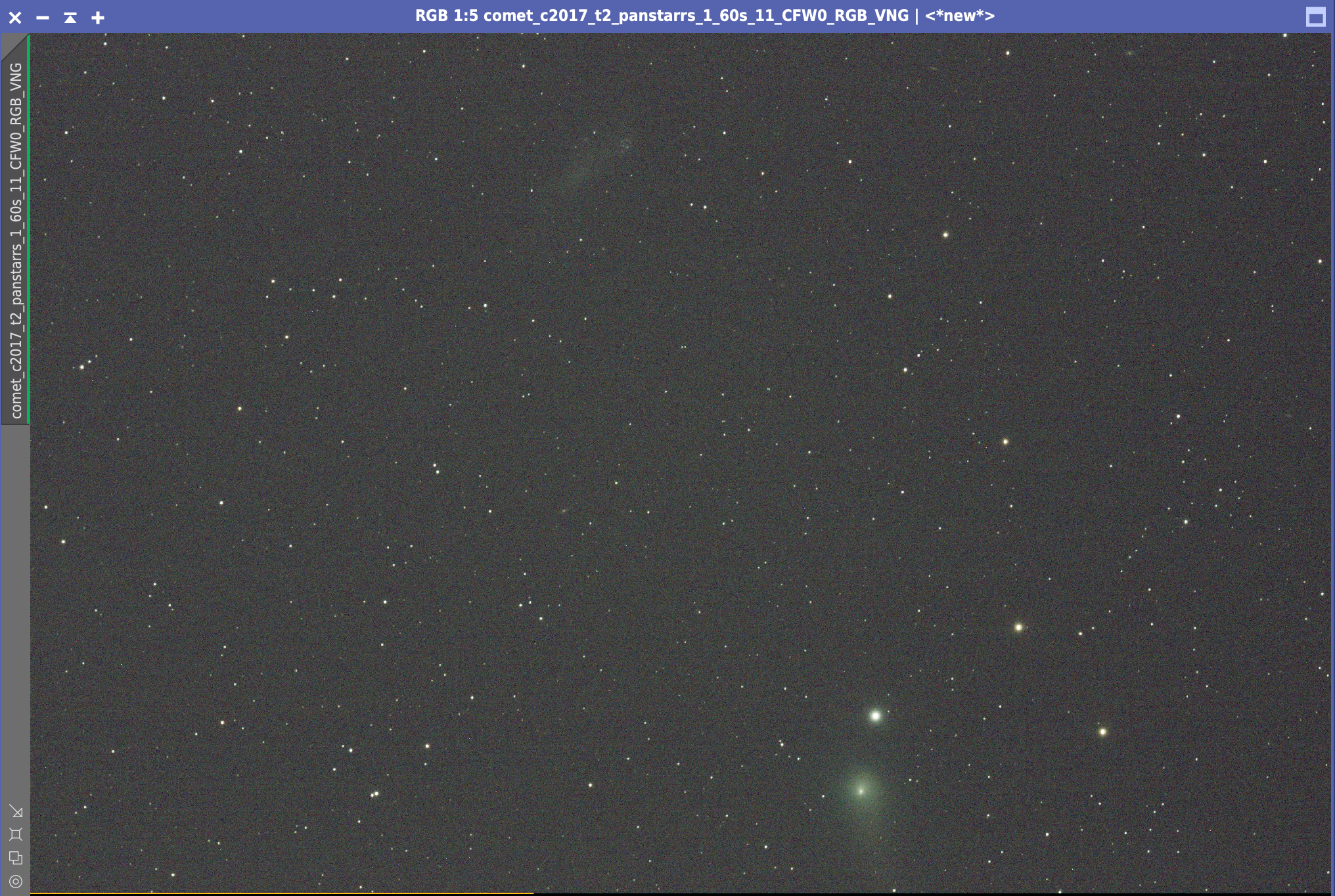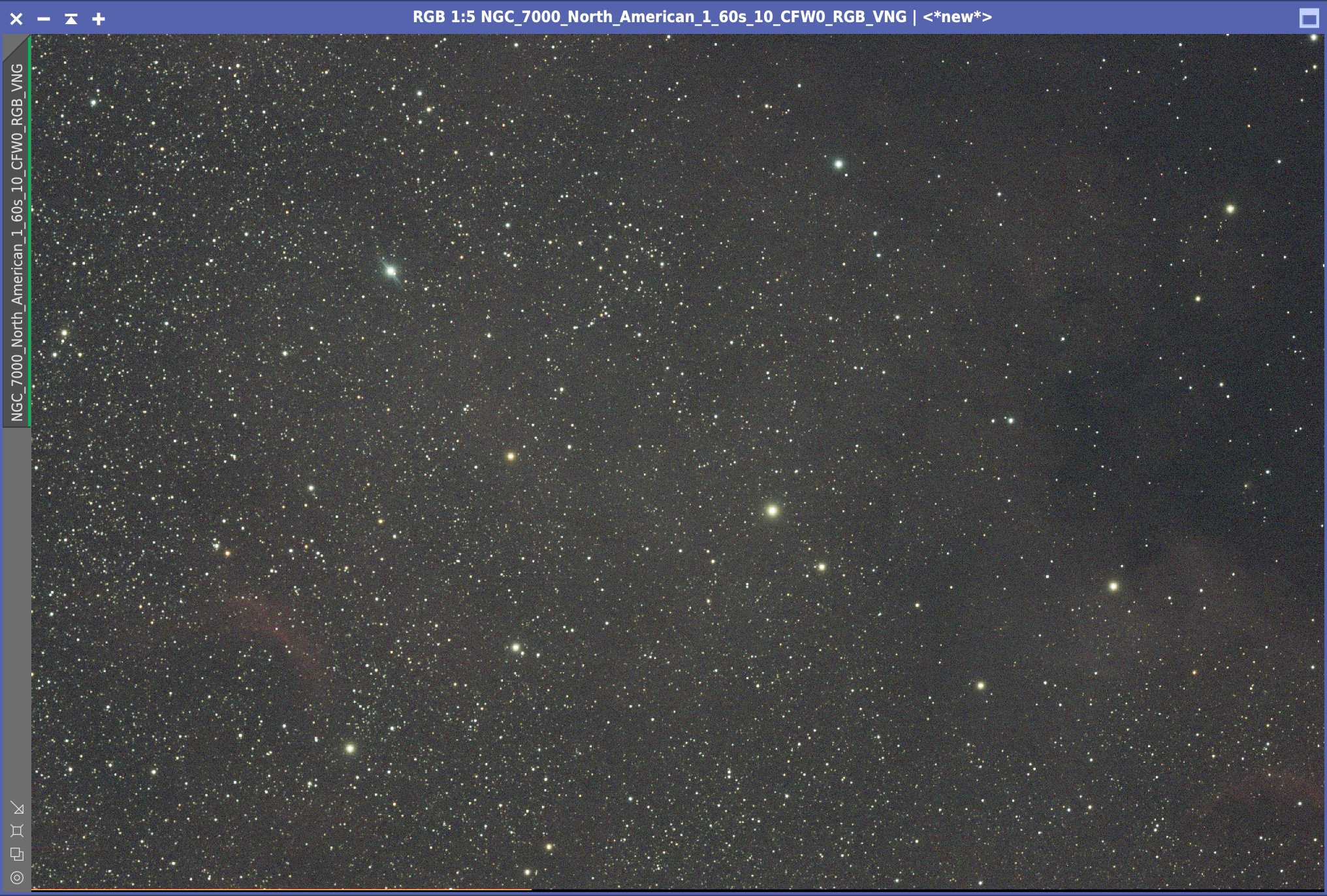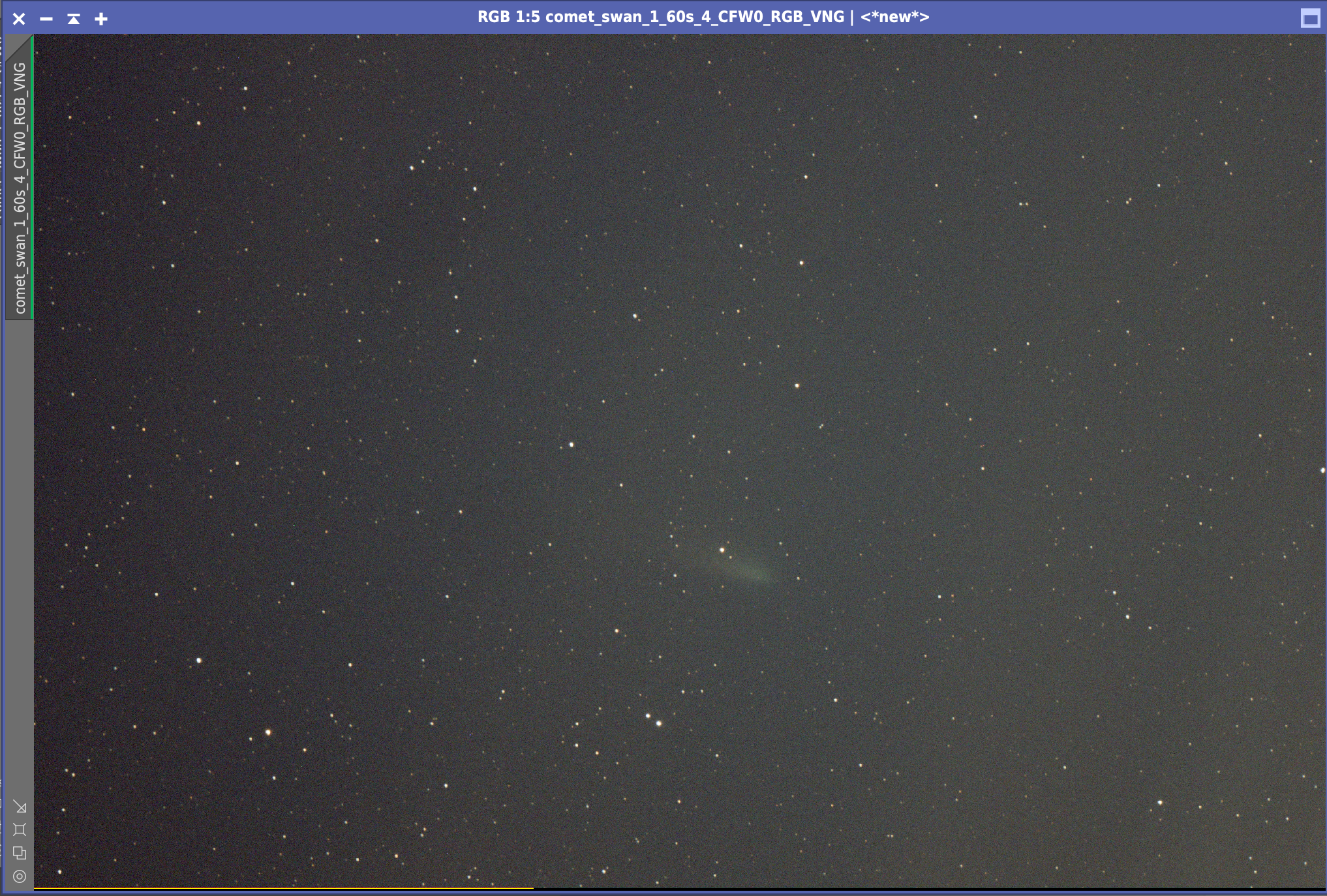22:09 – 02:02
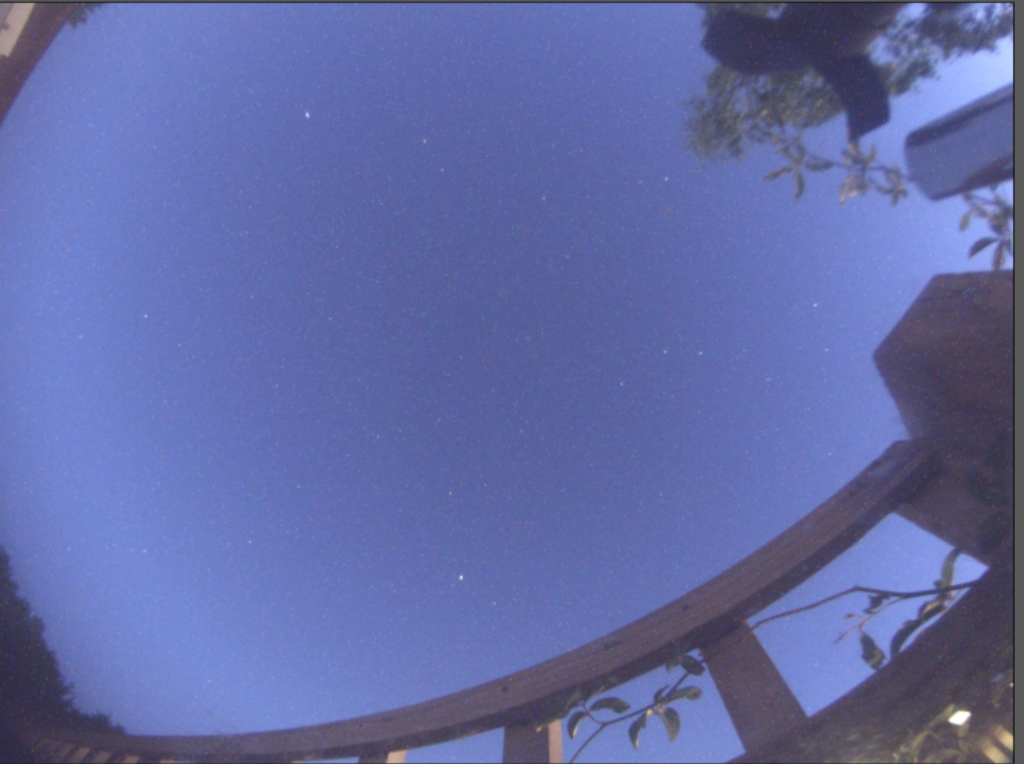
It was unexpectedly clear this evening so I opened the dome late, so no cooling down.
Focus 60,279 Lum filter at 19.93℃
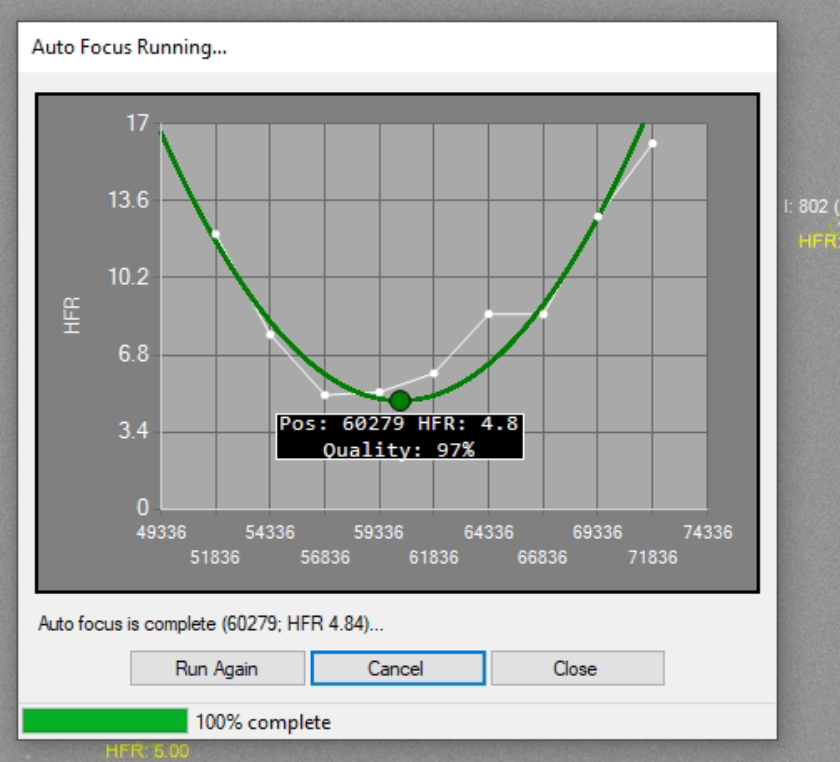
Slewed to Arp 286 as I had seen on Flickr and wanted to see what it looked like in 12″. I noted I needed a new set of Darks for the Lodestar off axis guider after we had changed the driver recently, so I set about taking those with PHD2.
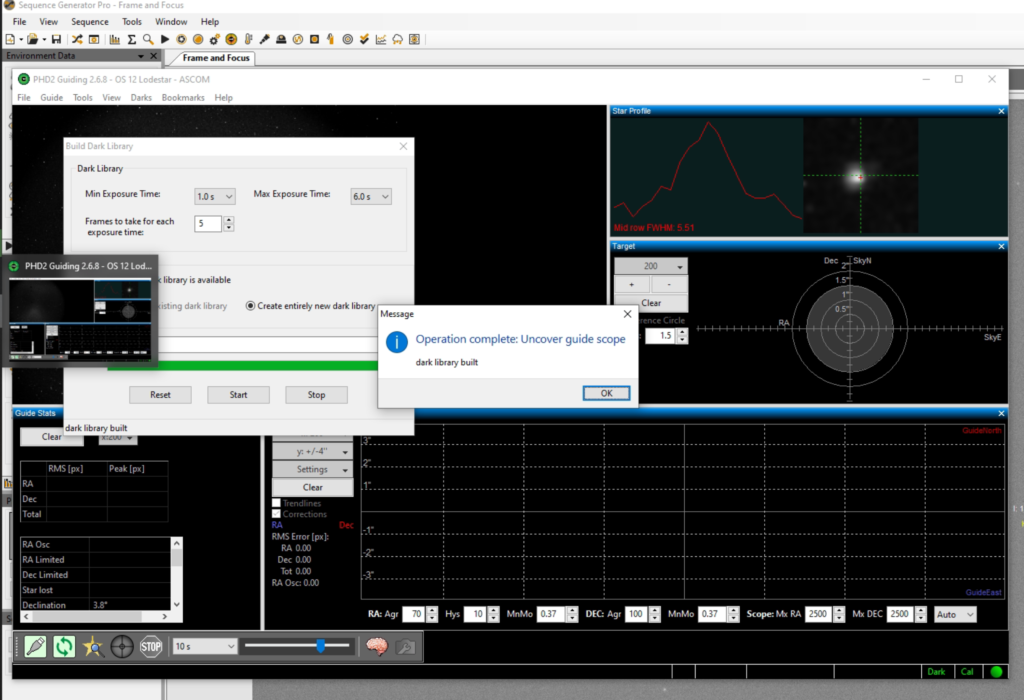
The problem I then saw was no guide star in the FoV! I really need a rotator!!!!!
So I will image without the guider. The first image jumped as I realised the auto-guider was still on and trying to track nothing sending the mount this way and that. So I disabled and set about running 3 x LRGB for 300 seconds a piece
The first image was Luminance and looked ok, although bright due to high level cloud and no astronomical darkness this time of year. I also noted the mark on the filter caused by the LensPen! I won’t use that again. However I do expect that to come out with the flat so not too bothered. Also I could go clean it I just don’t want more dust on the filter so will leave until I have a reason to take the camera off again.
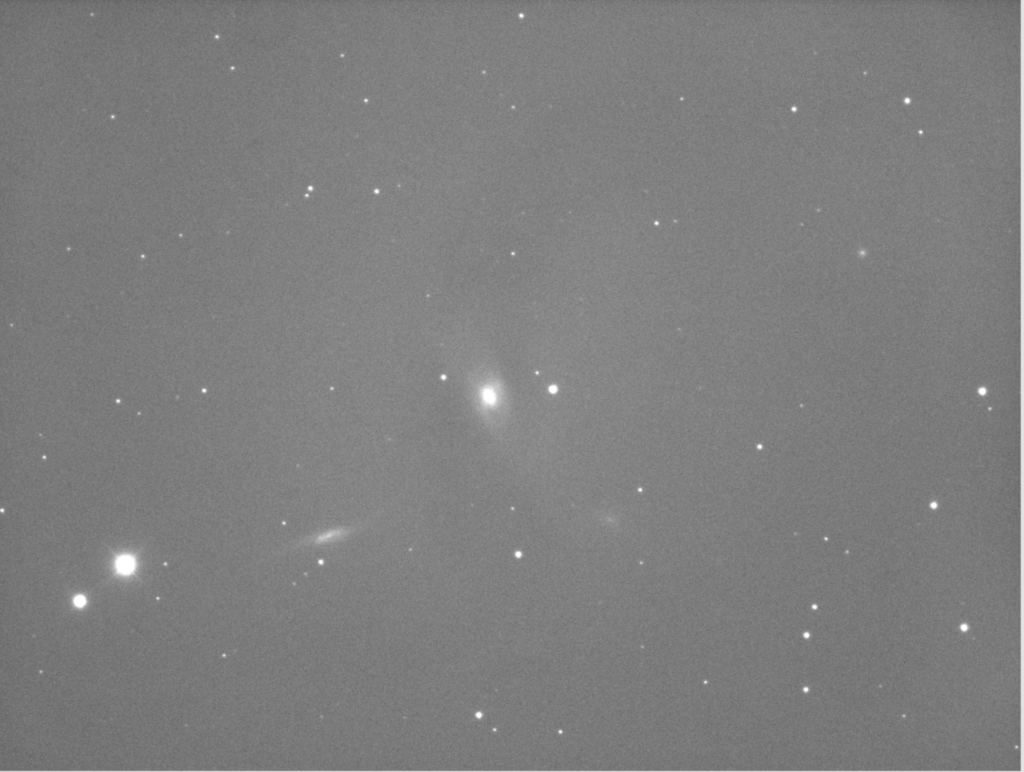
For reference here is the luminance flat.

Next up was Red filter for 300 seconds
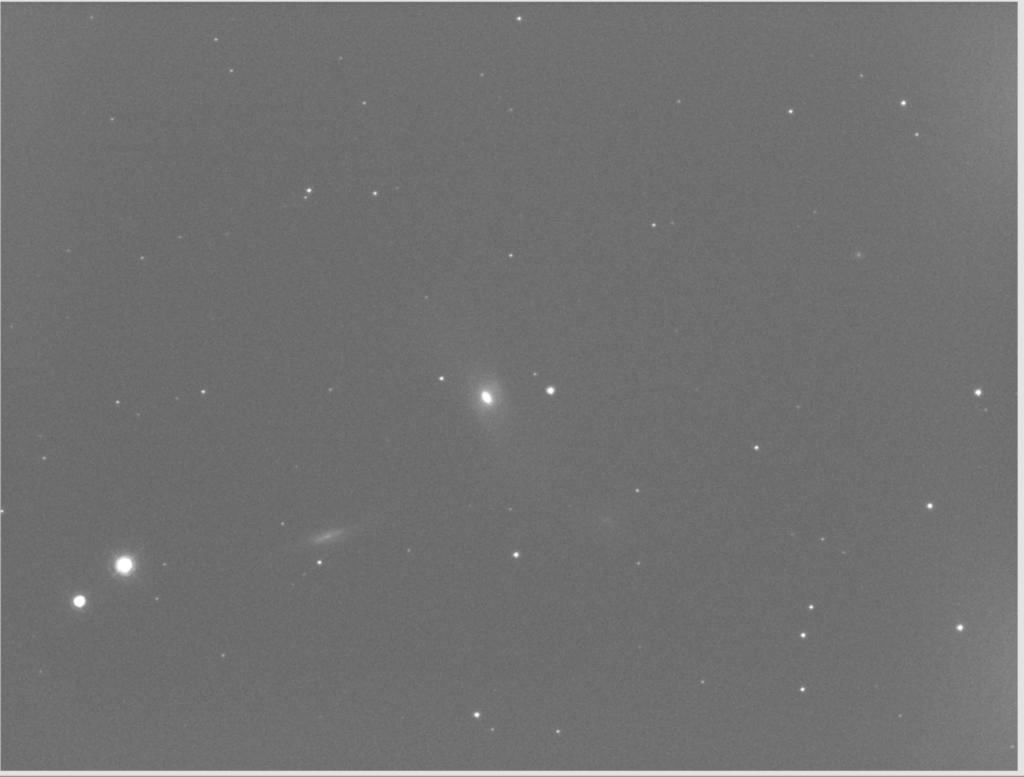
Then Green filter
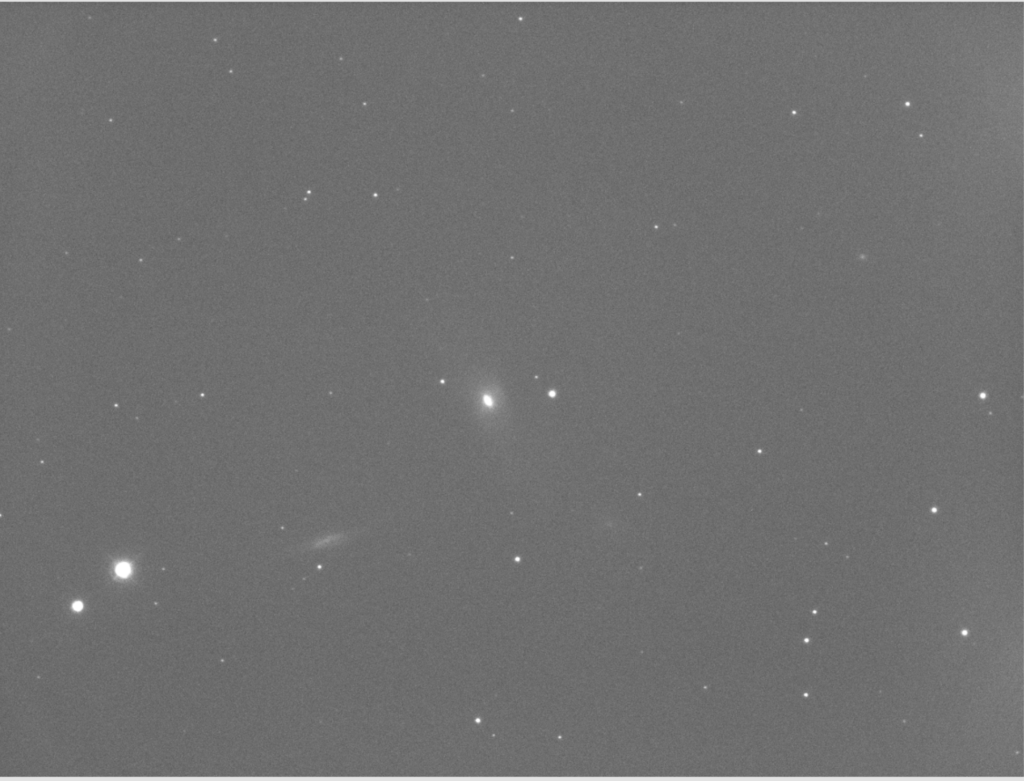
Then finally Blue filter.
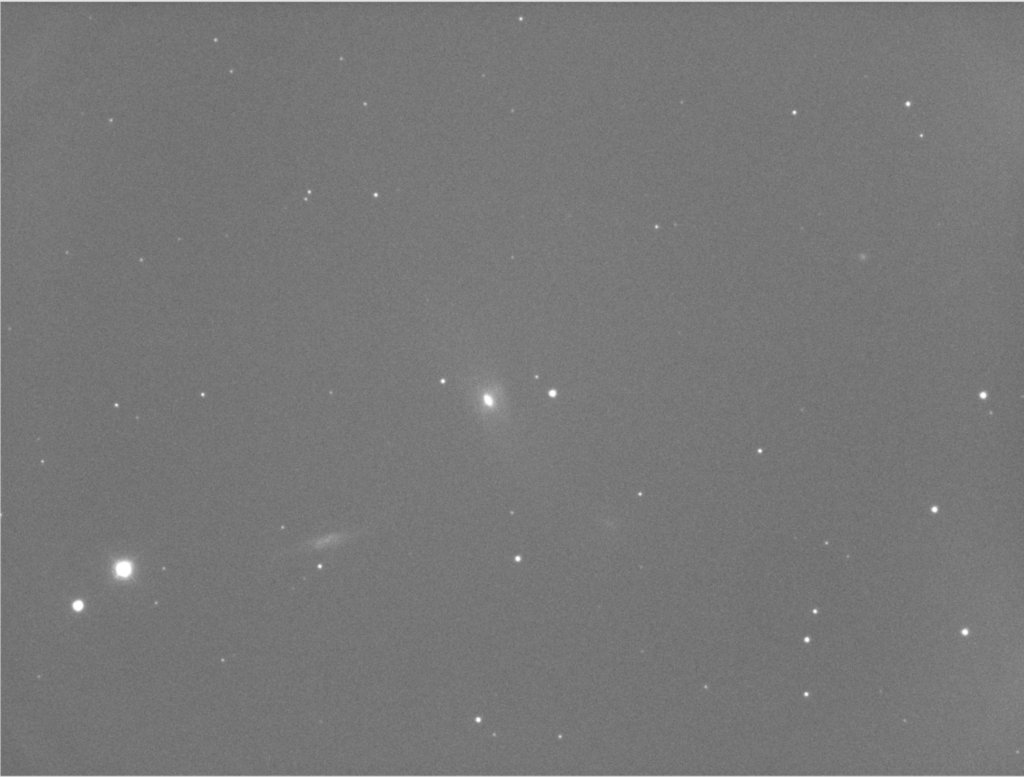
So I left it to run for 3 x 300 seconds each filter. Meanwhile Mil Dave came online and opened his dome and we decided to go for a joint target to see how they compare. Given Arp 286 was below Dave’s hedge I mentioned the Coddington Nebula IC2574 which is actually a galaxy, being the object in my latest image from the travel rig with the Esprit120 and the comet passing. It has some interesting star clusters in it. We agreed on luminance and 300 seconds. Here is Dave’s result ….
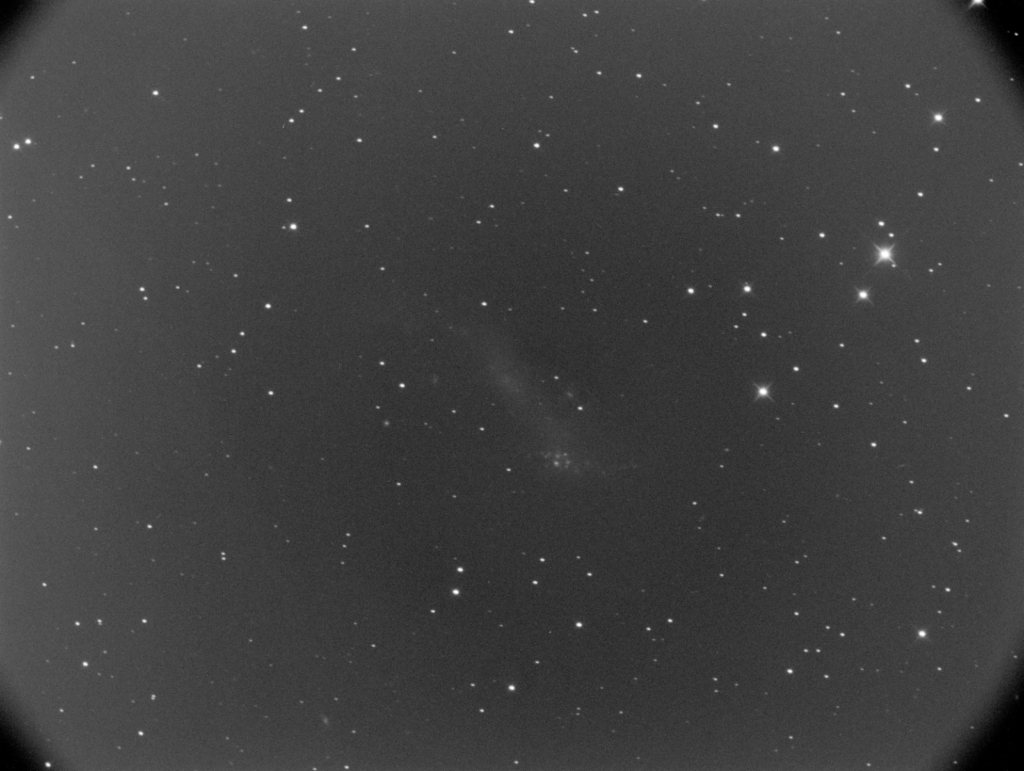
Meanwhile the humidity kept rising
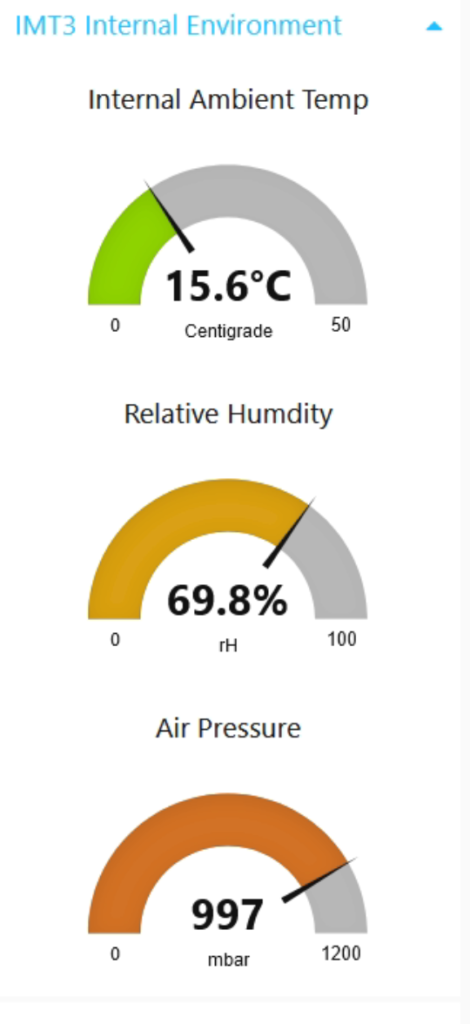
At just gone midnight I finished the short run on Arp 286 and slewed to Coddington to catch up with Mil Dave. First I did a quick refocus as the temperature had dropped about 2℃ since I started.
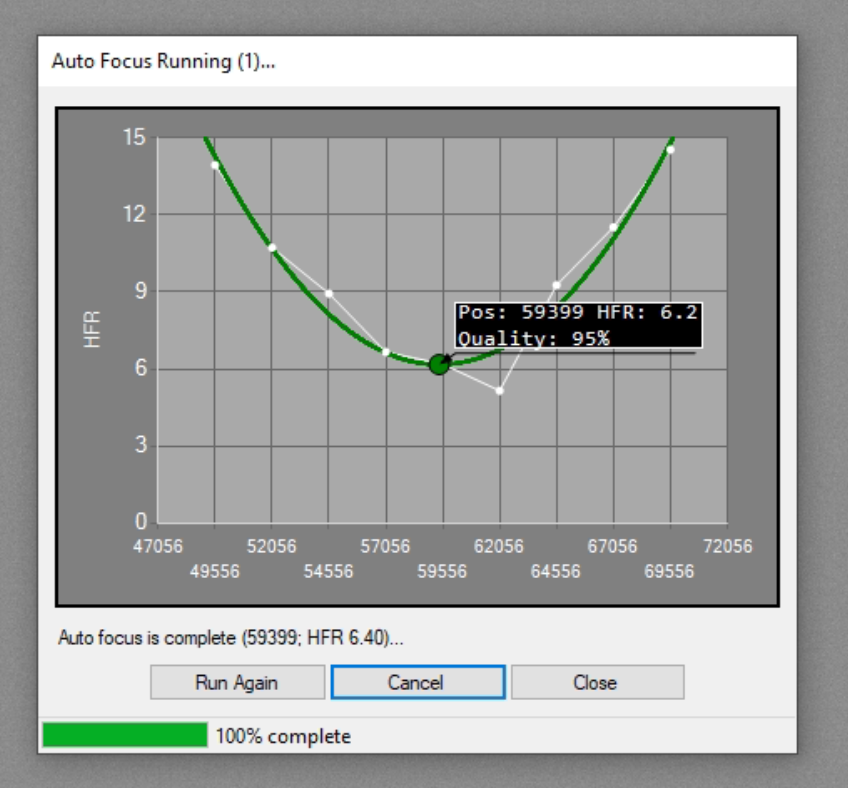
The refocus put me near but not near enough so I changed to 62,056 for a better HFR which worked. Then I went on to do Coddington and here is my result.

I had problems with unguided exposure, then had a problem finding a guide star, then the object was behind a tree!
So next I slewed to Mil Dave’s choice of object, here is Mil Dave’s image
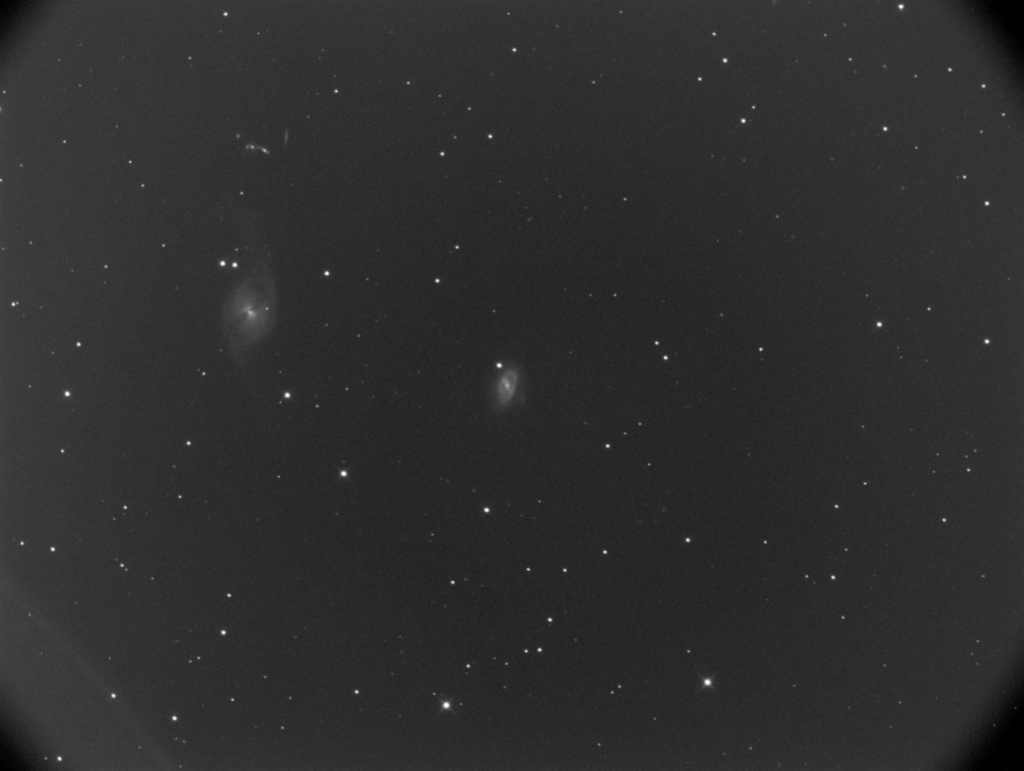
I managed to find a guide star straight away and grabbed this
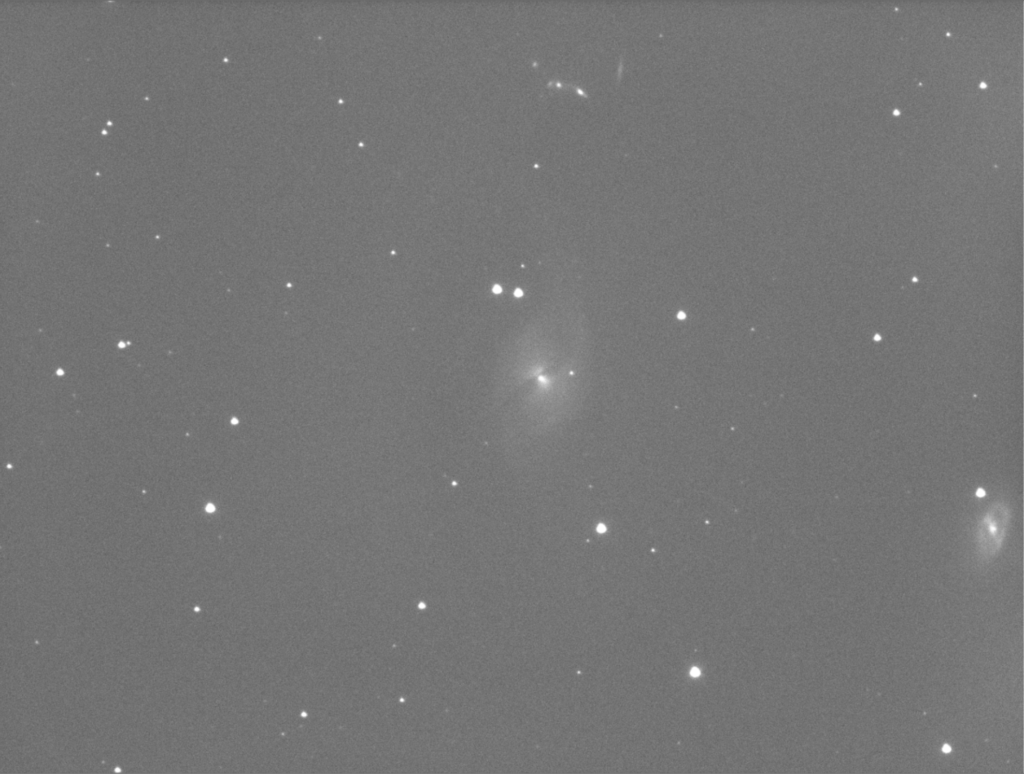
Notice my screen stretch is different hence the bright background. It is just a quick screen grab off the NUC. My turn to pick now, so went for several objects but all behind offending hedges at Mil Dave’s house. So I sent Dave off to choose one. He came back shortly with Arp 278. So off we set. Here is mine.
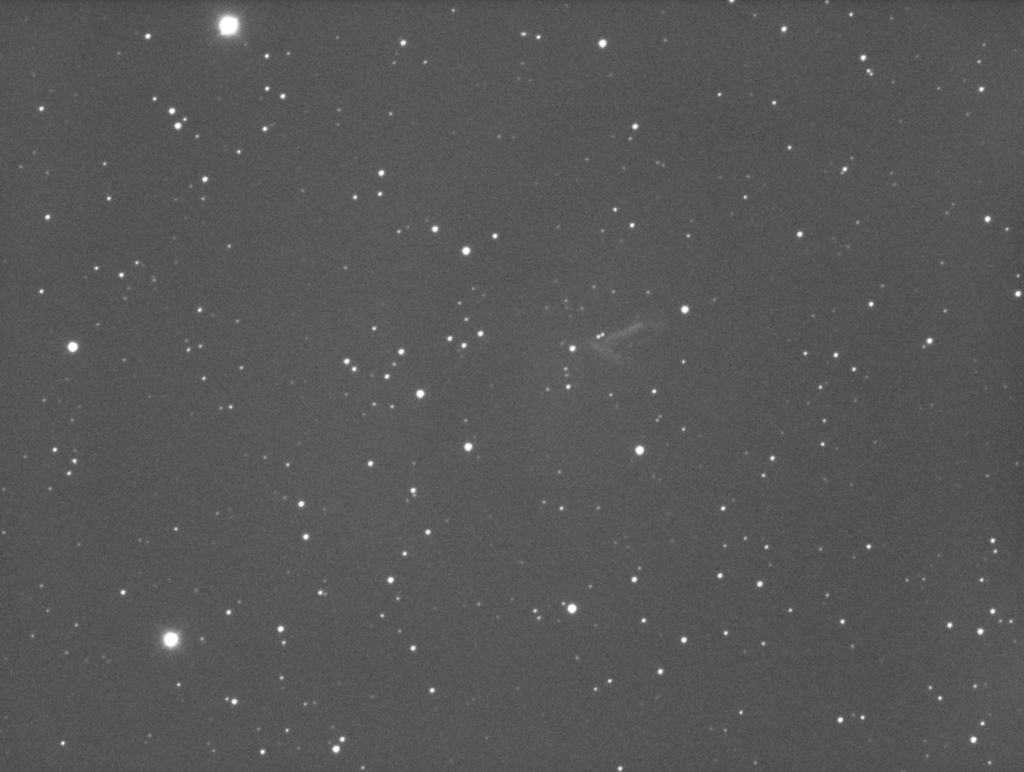
and of course Mil Daves….but no, he forgot to save it 🙁
So my object next, I selected one nearby to save the rather long dome rotation I just did, and the resulting loud noise when it jammed! I need to look at that. Meanwhile Mil Dave trundled his round manually. So I choose NGC 7331, also known as C30 and Herschel H53-1, so also on my list for the Herschel 400. This is what I got.
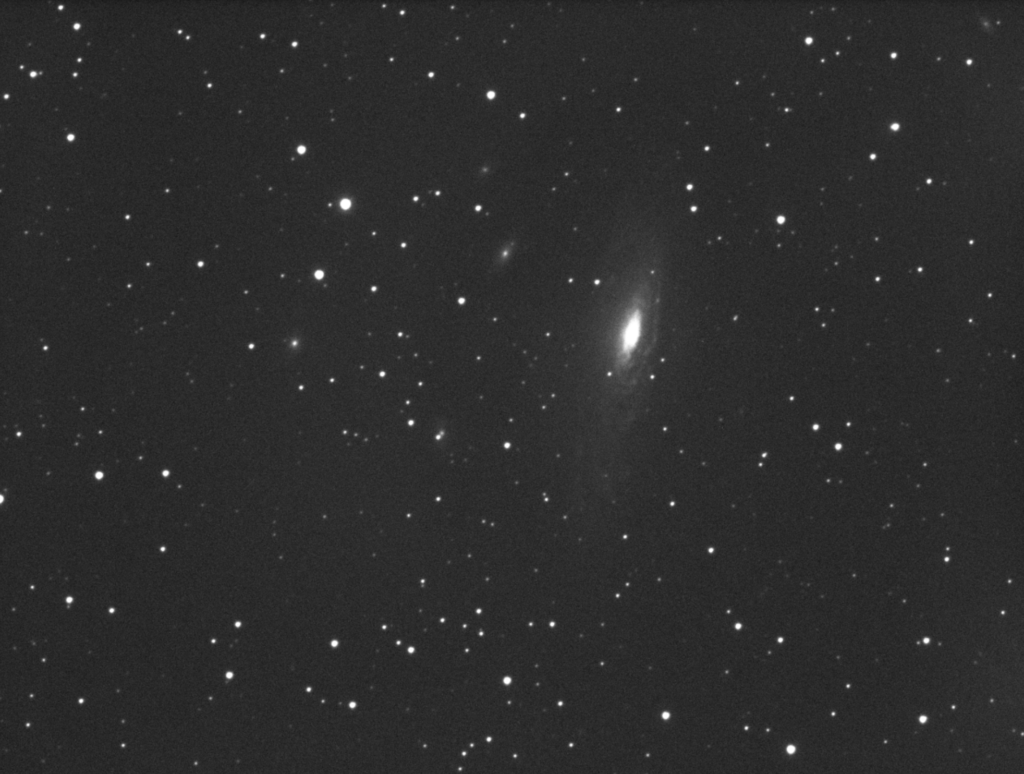
Meanwhile the cloud from the South East started to creep in and my daughter, who just came in even at this hour of 1:36 said it was foggy outside.
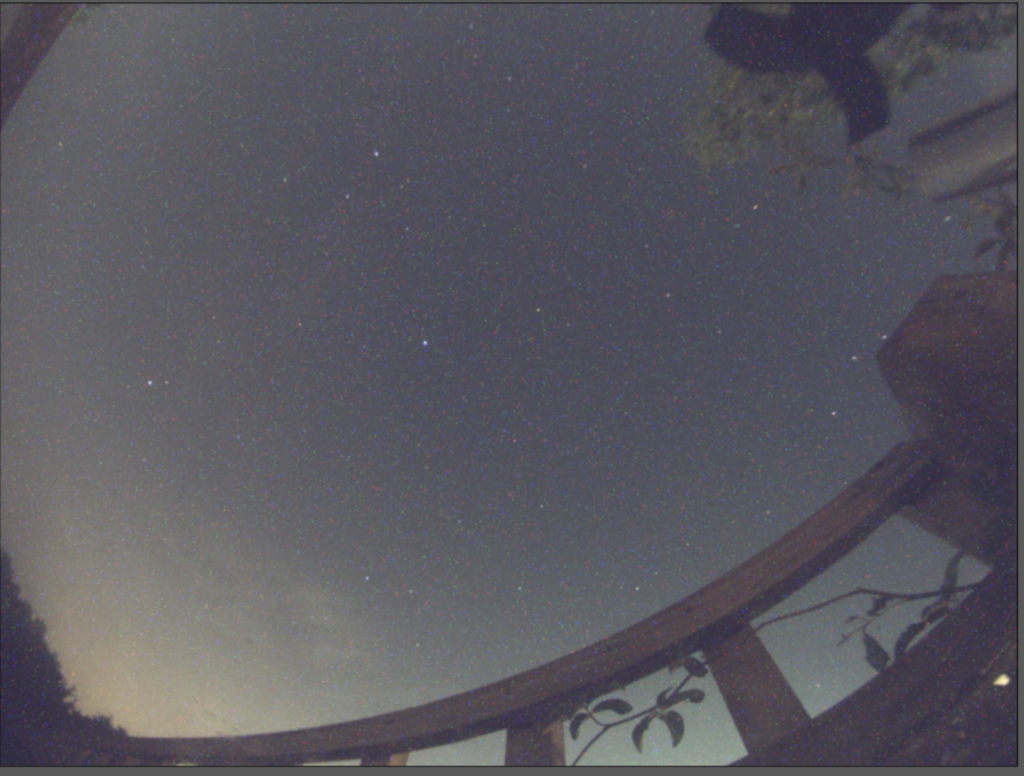
Dave’s grabbed the NGC 7331 below.
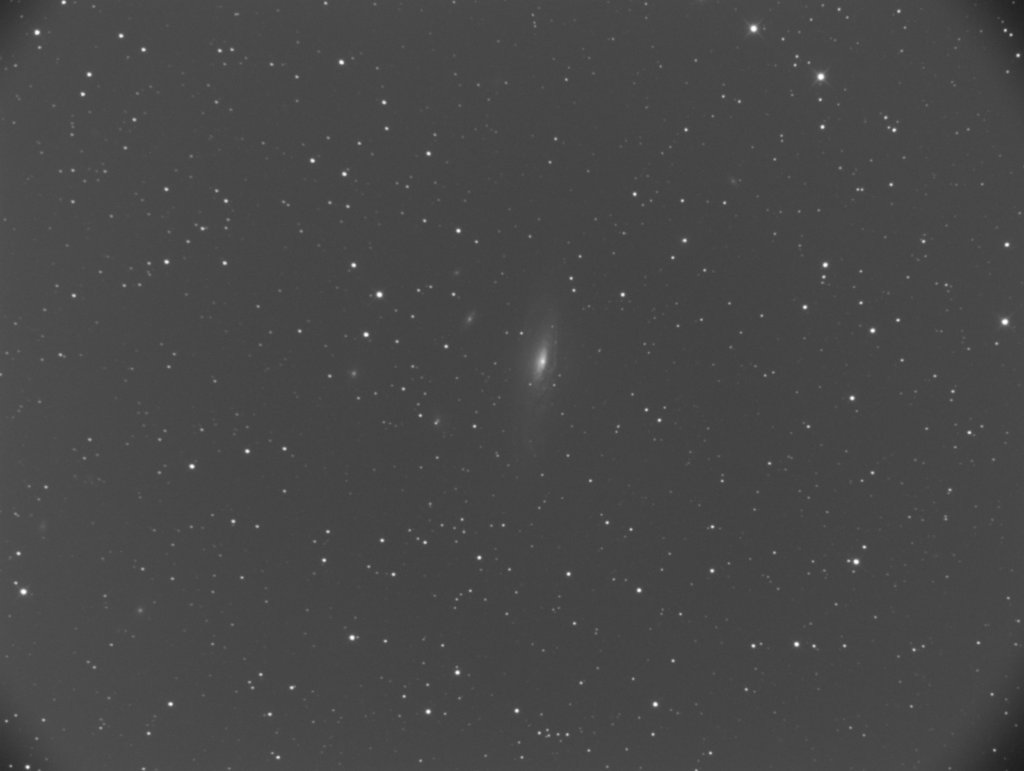
I was about to suggest a Sharpless object when the clouds rolled in enough for me to shut the dome. It was reading -4.8℃ sky temperature and the limit was less than 30 for overcast, so I manual overrode.
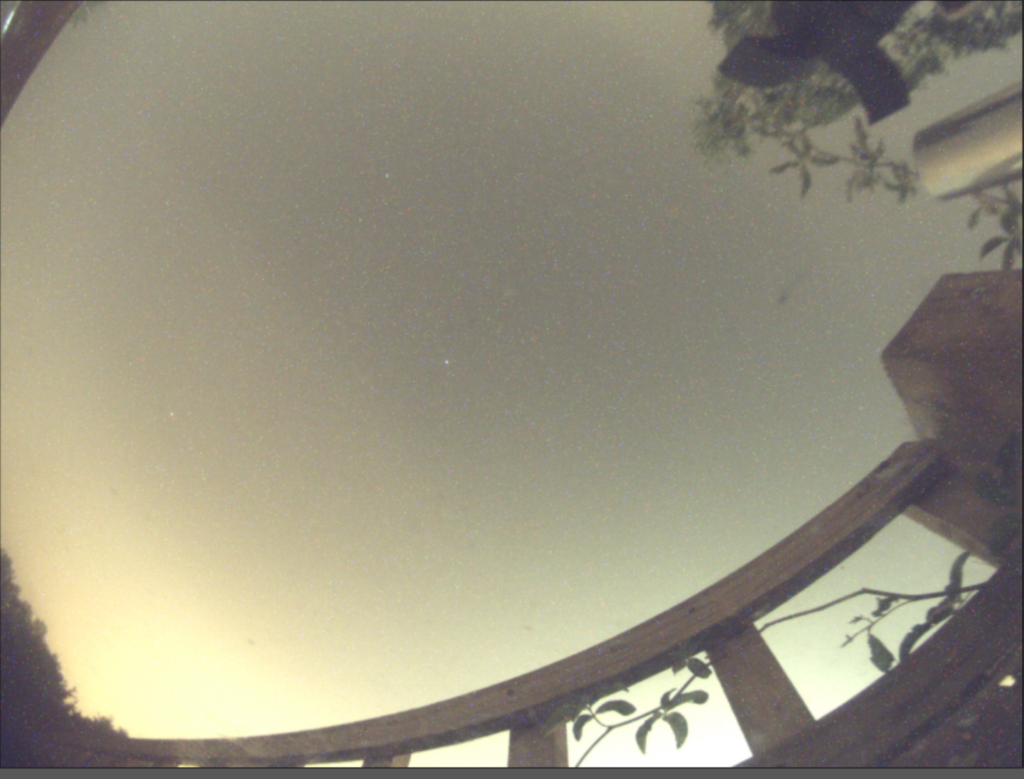
Just before it shut this is the image I got of SH2-126 which is impossible to see since it probably needs the Ha filter rather than luminance.
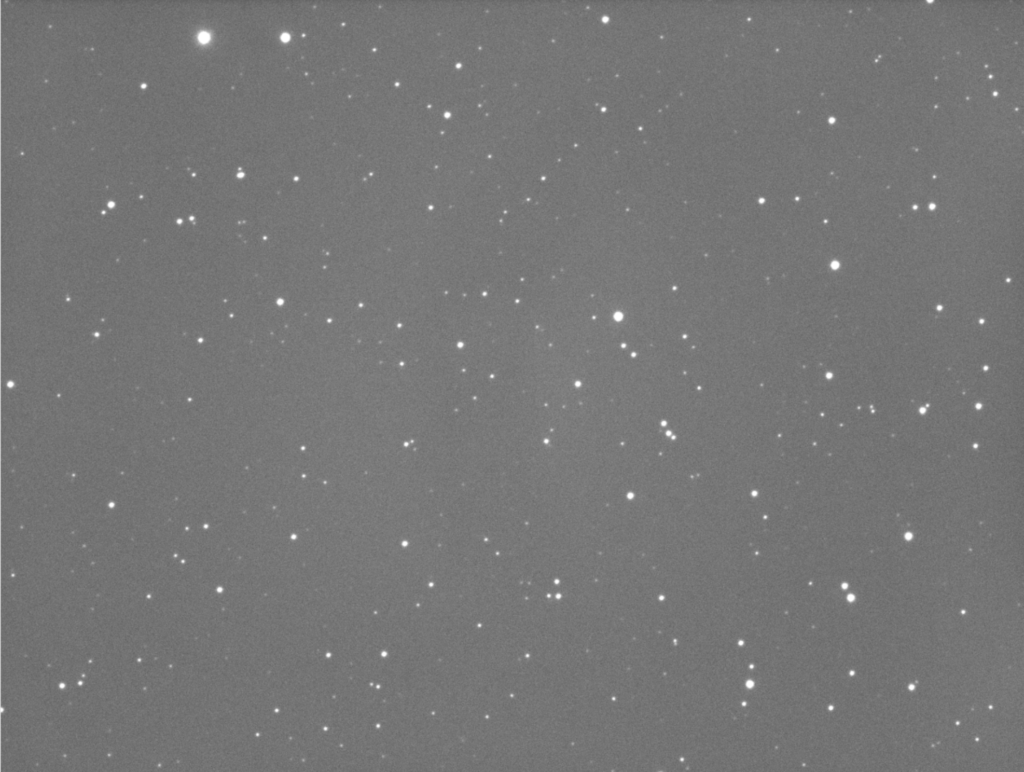
Well a good night all round, given we thought it was going to be cloudy it was nice to come out and play with Mil Dave and go hunting faint fuzzies, so a goodnight from me and a goodnight from him ?



